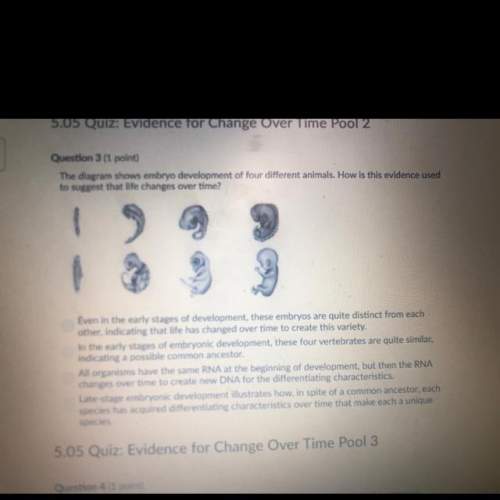Classwork: (work session)
3. a group of 62 students were surveyed, and it was found that each...

Mathematics, 08.08.2019 06:10 katiedavis7883
Classwork: (work session)
3. a group of 62 students were surveyed, and it was found that each of the students surveyed liked at least
one of the following three fruits: apricots, bananas, and cantaloupes,
34 liked apricots.
30 liked bananas.
33 liked cantaloupes.
11 liked apricots and bananas
15 liked bananas and cantaloupes 17 liked apricots and cantaloupes
19 liked exactly two of the following fruits: apricots, bananas, and cantaloupes
6h studenta)
a
w
(a) draw a venn diagram to show this information.
aprors cantaloupes
(b) how many students liked apricots, but not bananas or
cantaloupes?
(c) how many students liked cantaloupes, but not bananas or
apricots?
(d) how many students liked all of the following three fruits:
apricots, bananas, and cantaloupes?
(e) how many students liked apricots and cantaloupes, but not
bananas?
bonchas
worth 12 points

Answers: 3
Another question on Mathematics

Mathematics, 21.06.2019 16:50
Kapil needed to buy a long wooden beam. he went to two sawmills that each charge an initial fee plus an additional fee for each meter of wood. the following equation gives the price (in dollars) of a wooden beam from the first sawmill as a function of its length (in meters). p = 5+20xp=5+20x
Answers: 1

Mathematics, 21.06.2019 22:30
For the chance to be team captain, the numbers 1-30 are put in a hat and you get two chances to pick a number, without replacement. which formula correctly shows how to find the probability that you choose the number 1 and then 2?
Answers: 1

Mathematics, 21.06.2019 23:30
Aprisoner is trapped in a cell containing three doors. the first door leads to a tunnel that returns him to his cell after two days of travel. the second leads to a tunnel that returns him to his cell after three days of travel. the third door leads immediately to freedom. (a) assuming that the prisoner will always select doors 1, 2 and 3 with probabili- ties 0.5,0.3,0.2 (respectively), what is the expected number of days until he reaches freedom? (b) assuming that the prisoner is always equally likely to choose among those doors that he has not used, what is the expected number of days until he reaches freedom? (in this version, if the prisoner initially tries door 1, for example, then when he returns to the cell, he will now select only from doors 2 and 3.) (c) for parts (a) and (b), find the variance of the number of days until the prisoner reaches freedom. hint for part (b): define ni to be the number of additional days the prisoner spends after initially choosing door i and returning to his cell.
Answers: 1

Mathematics, 21.06.2019 23:40
Let x = a + bi and y = c + di and z = f + gi. which statements are true?
Answers: 1
You know the right answer?
Questions


Mathematics, 26.01.2021 02:20


Mathematics, 26.01.2021 02:20

Mathematics, 26.01.2021 02:20

Mathematics, 26.01.2021 02:20


Spanish, 26.01.2021 02:20








Arts, 26.01.2021 02:20

Mathematics, 26.01.2021 02:20






